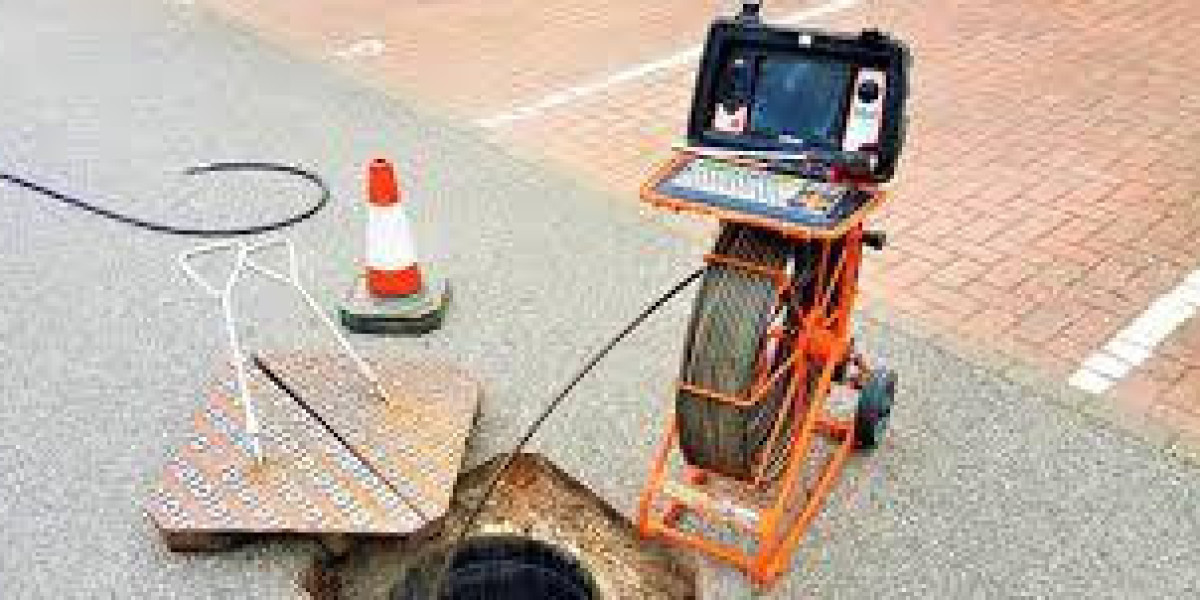Asbestos removal is a critical process that involves the safe and effective handling of materials containing asbestos, a naturally occurring mineral that was widely used in construction and insulation due to its durability and fire-resistant properties. However, its health risks have led to a ban in many countries, making safe removal essential for protecting public health and ensuring compliance with regulations. This article aims to provide an informative overview of asbestos removal, including its importance, the process involved, safety considerations, and why hiring licensed professionals is crucial.
What is Asbestos?
Asbestos is a group of six naturally occurring silicate minerals known for their fibrous structure and resistance to heat, fire, and chemicals. These properties made asbestos a popular choice in various construction materials, including insulation, roofing, flooring, and fireproofing materials. However, inhaling asbestos fibres can lead to serious health issues, including lung cancer, mesothelioma, and asbestosis, which is why asbestos removal is vital for any building that may contain it.
Why is Asbestos Removal Necessary?
Asbestos removal is necessary for several reasons:
1. Health Risks:
The primary reason for asbestos removal is the health risks associated with exposure. Prolonged inhalation of asbestos fibres can lead to severe respiratory diseases and other health complications. It is crucial to eliminate asbestos from buildings, particularly those constructed before the 1980s, when its use was more prevalent.
2. Legal Compliance:
Many countries have strict regulations regarding asbestos management. Building owners are legally obligated to identify and manage any asbestos-containing materials (ACMs) in their properties. Failing to do so can result in hefty fines and legal penalties.
3. Property Value:
The presence of asbestos can significantly decrease a property’s value. Potential buyers may be deterred from purchasing a property that has known asbestos issues, making its removal essential for maintaining or increasing property value.
4. Renovation and Demolition:
If you are planning any renovation or demolition work, asbestos removal is necessary to ensure the safety of workers and residents. Disturbing asbestos-containing materials can release harmful fibres into the air, posing health risks.
The Asbestos Removal Process
The asbestos removal process involves several steps to ensure safety and compliance with regulations:
1. Inspection and Assessment
The first step in the asbestos removal process is a thorough inspection of the property to identify any ACMs. A licensed asbestos surveyor conducts this assessment, often taking samples of materials for laboratory analysis to determine the presence of asbestos.
2. Developing a Removal Plan
Once asbestos is confirmed, a detailed removal plan is developed. This plan outlines the methods and equipment to be used, the areas that will be affected, and safety measures that will be implemented. The plan must comply with local regulations and guidelines.
3. Notification and Preparation
Before any removal work begins, relevant authorities must be notified. The property should also be prepared by sealing off the area where the asbestos removal will take place to prevent the spread of fibres. This often involves creating containment barriers and using air filtration systems to maintain air quality.
4. Asbestos Removal
During the removal process, trained professionals carefully remove the ACMs while following strict safety protocols. This may involve using protective clothing, respirators, and specialised tools to minimise the risk of fibre release. The materials are then securely packaged in labelled bags for safe disposal.
5. Clean-Up and Clearance Testing
After the removal, the area is thoroughly cleaned to eliminate any remaining asbestos fibres. Clearance testing is conducted by a licensed surveyor to ensure that the area is safe for re-occupancy. This testing involves air sampling and visual inspections to confirm that no hazardous materials remain.
6. Proper Disposal
All removed materials must be disposed of according to local regulations. This typically involves taking them to a designated landfill site that accepts asbestos waste. Proper disposal is crucial to prevent environmental contamination.
Safety Considerations
Safety is paramount during the asbestos removal process. Here are some key safety considerations:
Trained Professionals: Always hire licensed and experienced asbestos removal contractors. They have the knowledge and equipment necessary to handle asbestos safely and comply with regulations.
Protective Equipment: Ensure that workers are equipped with appropriate personal protective equipment (PPE), including respirators, gloves, and protective clothing.
Ventilation: Maintain proper ventilation in the work area to reduce the concentration of airborne fibres. Negative air pressure systems can help contain fibres and improve air quality.
Emergency Procedures: Develop and communicate emergency procedures in case of accidental exposure or fibre release during the removal process.
The Importance of Hiring Licensed Professionals
While it may be tempting to handle asbestos removal as a DIY project, it is crucial to hire licensed professionals for several reasons:
1. Expertise:
Licensed asbestos removal contractors possess the training and expertise necessary to handle asbestos safely. They are familiar with the latest regulations and best practices for removal.
2. Safety:
Professionals have access to advanced safety equipment and procedures that minimise the risk of exposure to asbestos fibres.
3. Compliance:
Hiring a licensed contractor ensures that the removal process complies with all legal and regulatory requirements, protecting you from potential fines and legal issues.
4. Proper Disposal:
Professionals are trained to dispose of asbestos waste properly, ensuring that it does not pose a risk to the environment or public health.
5. Peace of Mind:
Knowing that a qualified team is handling the removal can provide peace of mind. You can be confident that the job is done correctly and safely.
Conclusion
Asbestos removal is a vital process for safeguarding health and ensuring legal compliance. Understanding the risks associated with asbestos and the importance of professional removal can help property owners make informed decisions. If you suspect that your property contains asbestos, it is essential to contact a licensed professional to conduct an assessment and initiate the removal process. By taking these steps, you can protect your health, the health of others, and the value of your property.
Additionally, we implemented a thorough competitor analysis to identify innovative strategies and backlink opportunities, aimed at improving the site’s overall search engine performance.







